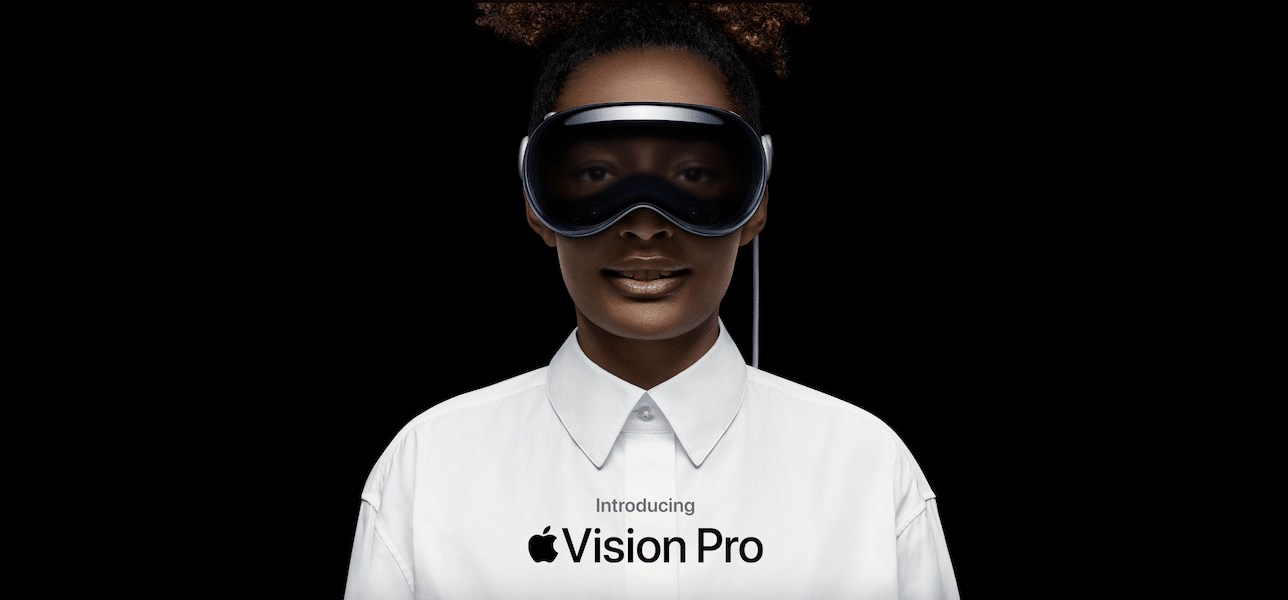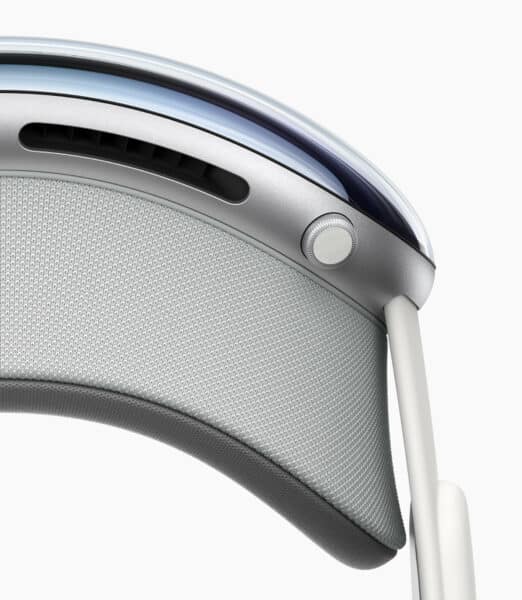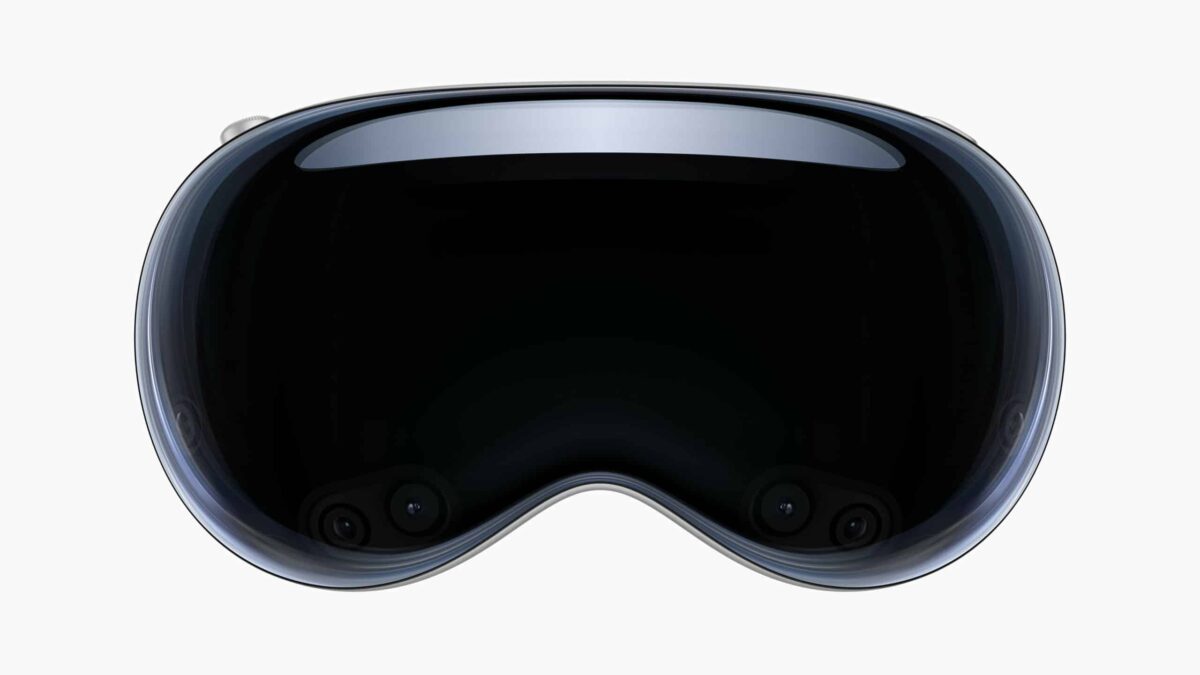The recently unveiled Apple Vision Pro headset aims to revolutionize the immersive experience by tackling one of the long-standing challenges: motion sickness. Leveraging powerful hardware and cutting-edge technology, Apple’s high-specification headset is expected to offer a lag-free and nausea-free experience.
Renowned spatial computing professor, David Reid, recently shared his insights on how Apple’s approach can potentially minimize instances of motion sickness.

Vision Pro dual chips for graphics and sensor processing deliver a nausea-free VR experience
In an interview with BBC Science Focus, Professor Reid highlights the standout feature of the Apple Vision Pro: the utilization of two separate chipsets. One chipset is dedicated to processing graphics, vision algorithms, and running applications, while the other focuses on handling camera feeds, sensor inputs, and microphone audio. With this division of labor, Apple achieves an impressive response time of just 12 milliseconds, effectively eliminating lag and delivering a more natural view of the virtual world. However, Reid acknowledges that while this approach is effective, it can be considered a “brute force” method of combating motion sickness.
Reid explains that the primary cause of motion sickness in virtual reality (VR) is the issue of vergence-accommodation conflict (VAC). VAC occurs when the brain receives conflicting cues about the distances of virtual objects and the appropriate focal distances for the user’s eyes. VR headsets must manage the user’s vision over a short distance, presenting a challenge in ensuring a seamless experience.

Apple has made substantial efforts to alleviate motion sickness in the Apple Vision Pro. By reducing lag, minimizing delay, and employing high-quality displays, Apple has developed a headset that excels in mitigating motion sickness. Professor Reid applauds Apple’s endeavors and recognizes the headset as the best-in-class solution for motion sickness reduction.
Professor Reid characterizes the Apple Vision Pro as “more powerful than a MacBook Pro” and compares it to having a full-fledged computer strapped to your face. He envisions a future where the Apple Vision Pro enables professionals and creatives to explore new frontiers in gaming, work, socializing, and browsing the internet. The initial price point may limit the adoption to early enthusiasts, but as subsequent iterations emerge, the cost will likely decrease, making it more accessible to a wider audience.

With its impressive array of 12 cameras and five sensors, the Apple Vision Pro boasts a sophisticated tracking system that necessitates significant processing power. However, Apple has successfully implemented this complex system while incorporating numerous other high-end features, further enhancing the headset’s capabilities.